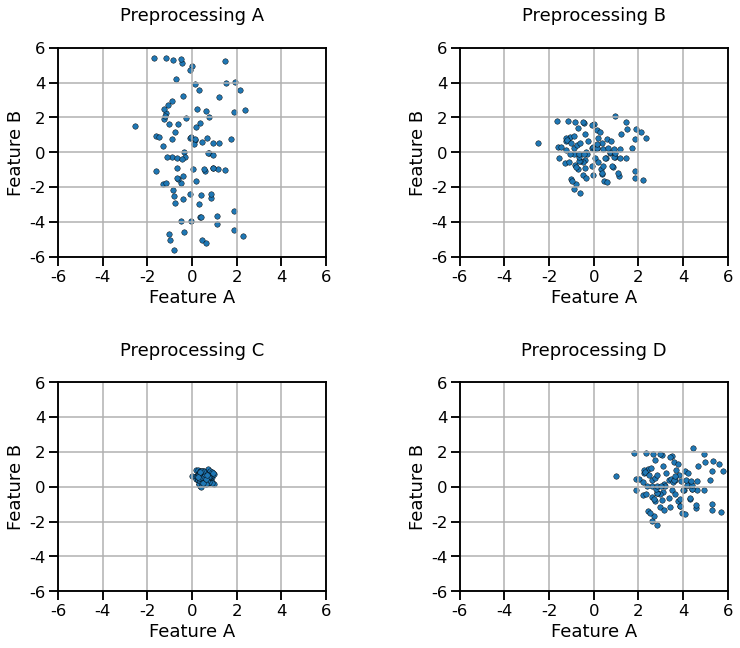✅ Quiz M1.02#
Question
Why do we need two sets: a train set and a test set?
a) to train the model faster
b) to validate the model on unseen data
c) to improve the accuracy of the model
Select all answers that apply
Question
The generalization performance of a scikit-learn model can be evaluated by:
a) calling
fitto train the model on the training set,predicton the test set to get the predictions, and compute the score by passing the predictions and the true target values to some metric functionb) calling
fitto train the model on the training set andscoreto compute the score on the test setc) calling
cross_validateby passing the model, the data and the targetd) calling
fit_transformon the data and thenscoreto compute the score on the test set
Select all answers that apply
Question
When calling cross_validate(estimator, X, y, cv=5), the following happens:
a)
Xandyare internally split five times with non-overlapping test setsb)
estimator.fitis called 5 times on the fullXandyc)
estimator.fitis called 5 times, each time on a different training setd) a Python dictionary is returned containing a key/value containing a NumPy array with 5 scores computed on the train sets
e) a Python dictionary is returned containing a key/value containing a NumPy array with 5 scores computed on the test sets
Select all answers that apply
We define a 2-dimensional dataset represented graphically as follows:

Question
If we process the dataset using a StandardScaler with the default parameters,
which of the following results do you expect:

a) Preprocessing A
b) Preprocessing B
c) Preprocessing C
d) Preprocessing D
Select a single answer
Question
Look at the plots and the answers of the previous question. A StandardScaler
transformer with the default parameter:
a) transforms the features so that they have similar ranges
b) transforms the features to lie in the [0.0, 1.0] range
c) transforms feature values that were originally positive-only into values that can be negative or positive
d) can help logistic regression converge faster (fewer iterations)
Select all answers that apply
Question
Cross-validation allows us to:
a) train the model faster
b) measure the generalization performance of the model
c) estimate the variability of the generalization score
Select all answers that apply
Question
make_pipeline (as well as Pipeline):
a) runs a cross-validation using the transformers and predictor given as parameters
b) combines one or several transformers and a predictor
c) tries several models at the same time
d) plots feature histogram automatically
Select all answers that apply
